September has been a challenging month for level crossings in urban areas. We have seen no less than three collisions at active level crossings in less than a week: two around the Melbourne area, and one around Brisbane. These have cost the lives of the two passengers of the car crushed by a train at Surry Hills on September 15, and have resulted in major traffic disruptions for both rail and roads.
While the causes for such collisions have not yet been released, it is apparent that driver errors at active level crossings are quite frequent during peak hours. This issue is of high priority to the Victorian government who have now embarked upon a program to remove 50 of the worst level crossings. This program is certainly a positive step, but not all can be removed, and we cannot rely solely on this program to reduce crashes at level crossings. For instance, one of the collisions in Melbourne occurred at a level crossing that was not marked for removal.
Dr Grégoire Larue, ACRI’s expert researcher in level crossing human factors, was asked by the online newspaper ‘news.com.au’ to provide his opinion of what happened during these collisions for the online article Safety of level crossings in spotlight following the death of two after their car collided with a train. He advocated for a stronger focus to be placed on informing road users about the risk at level crossings. Road users know that they should not enter the level crossing when flashing lights are activated, but ACRI’s studies have shown that vehicles are often trapped on level crossings during peak hours, that drivers do not realise that the flashing lights might re-activate only a short time after the level crossing is re-opened, and that trains arrive faster than people expect. Such issues may have been contributing factors in two of these recent collisions.
Further work is required to reduce the number of collisions at level crossings, and this will require driver behaviour changes. Further education of drivers, and the enforcement of level crossing rules appear to be necessary steps to complement the removal of level crossings. ACRI is leading this work through multiple projects, some of which have been highlighted in ACRI’s newsletters.
